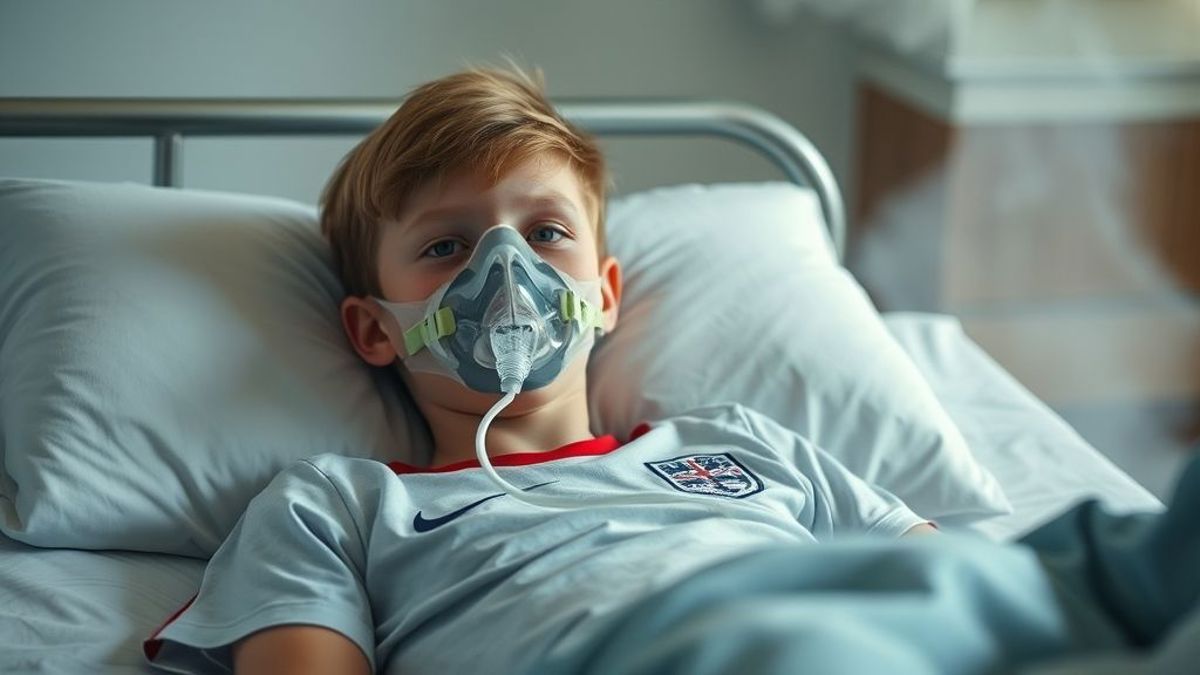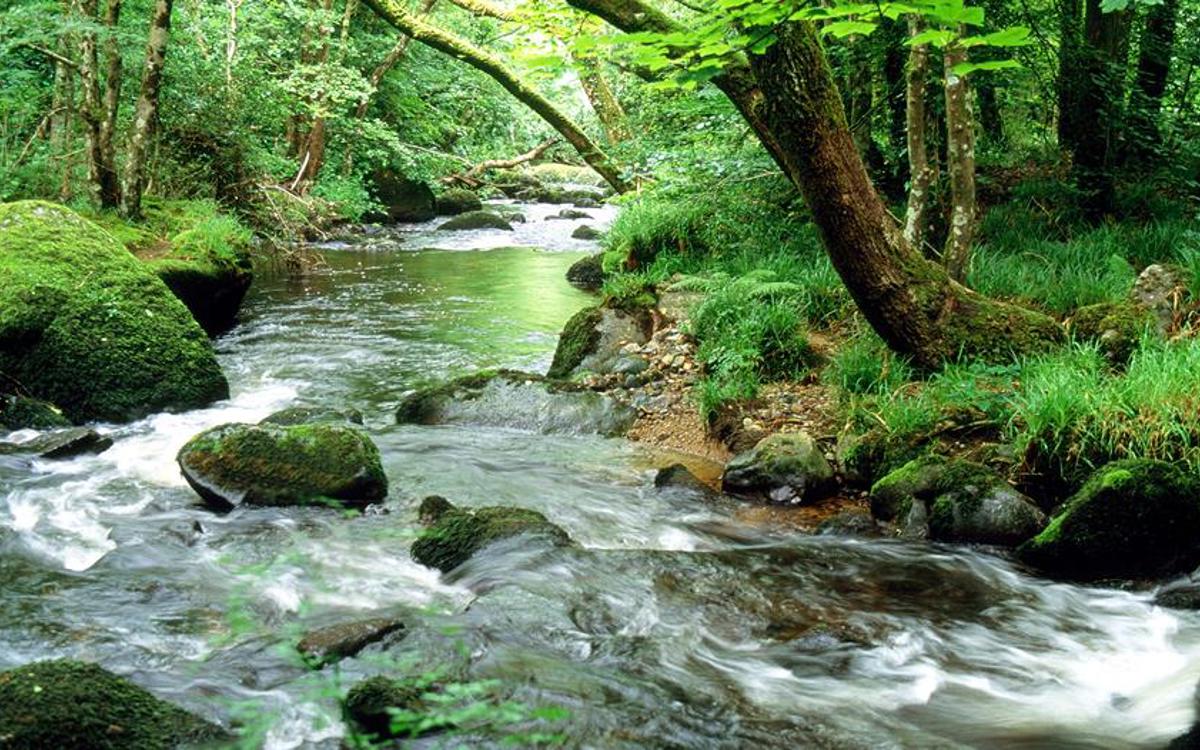Silica Dust: A Hidden Danger to Our Children
The Health & Safety Executive: "Silica dust is a Group 1 Human Carcinogen"
Every day, children in Kingsteignton and Newton Abbot breathe the air drifting over from the proposed quarry site. If Sibelco’s expansion goes ahead, those breaths could carry fine silica dust particles – invisible, tasteless, and deadly.
What Is Silica Dust?
Silica (Respirable Crystalline Silica, or RCS) is found in ball clay. When quarried, transported or processed, it produces microscopic dust particles that can penetrate deep into the lungs. The NHS confirms that long-term exposure can cause silicosis – a progressive, incurable lung disease – and even lung cancer. The Health and Safety Executive (HSE) categorises silica dust as a Group 1 human carcinogen.
Why Children Are Especially at Risk
-
Developing lungs: Children’s lungs and immune systems are still growing, making them far more vulnerable. Even low-level exposure can trigger or worsen asthma and allergies.
-
Higher breathing rates: Children inhale more air for their body size, drawing in more dust per kilogram of weight.
-
Impact on learning: Studies link chronic noise and dust to impaired concentration, reading comprehension and memory, with higher stress hormones recorded in exposed schoolchildren.
The two local schools that sit downwind of the quarry would bear the brunt. That means classrooms filled with children trying to learn while breathing air that could scar their lungs for life.
Health Risks Beyond Silicosis
Silica dust doesn’t just cause silicosis. Medical evidence links it to:
-
Chronic obstructive pulmonary disease (COPD) and bronchitis
-
Asthma attacks and worsening of existing respiratory illness
-
Cardiovascular disease, with fine particulate matter (PM₁₀ and PM₂.₅) associated with heart attacks and strokes
-
Increased susceptibility to tuberculosis (TB) in exposed populations
For our children, this isn’t an abstract risk – it is a daily hazard if quarrying begins.
What the Law Says
The Devon Minerals Plan (Policy M6) requires quarry operators to minimise dust impacts on communities. Yet evidence from quarries across the UK shows that dust levels frequently exceed WHO and UK air quality limits. If Sibelco cannot guarantee safety, they fail this legal test.
The National Planning Policy Framework also demands that development protects public health. Granting a 40-year quarry behind homes and schools, with constant silica dust emissions, would clearly breach that principle.
Our Campaign Levers
-
Health evidence: Quote the NHS directly – silicosis is incurable, caused only by silica dust, and can lead to cancer. No mitigation measure can make it safe.
-
Children’s vulnerability: Highlight schools downwind as a red-line issue.
-
Policy conflict: Use Policy M6 and health-protection clauses in local and national planning law to argue the application must be refused.
-
Precedent: Other quarries have been rejected on health grounds – Hertfordshire’s Bengeo Quarry was refused in part due to dust risks to schoolchildren.
The Bottom Line
This quarry isn’t just a hole in the ground. It is a direct threat to the lungs of our children. Once silicosis or lung cancer develops, there is no cure. The only way to protect our community is to prevent exposure before it starts.
We must not allow Sibelco to gamble with our children’s health.




